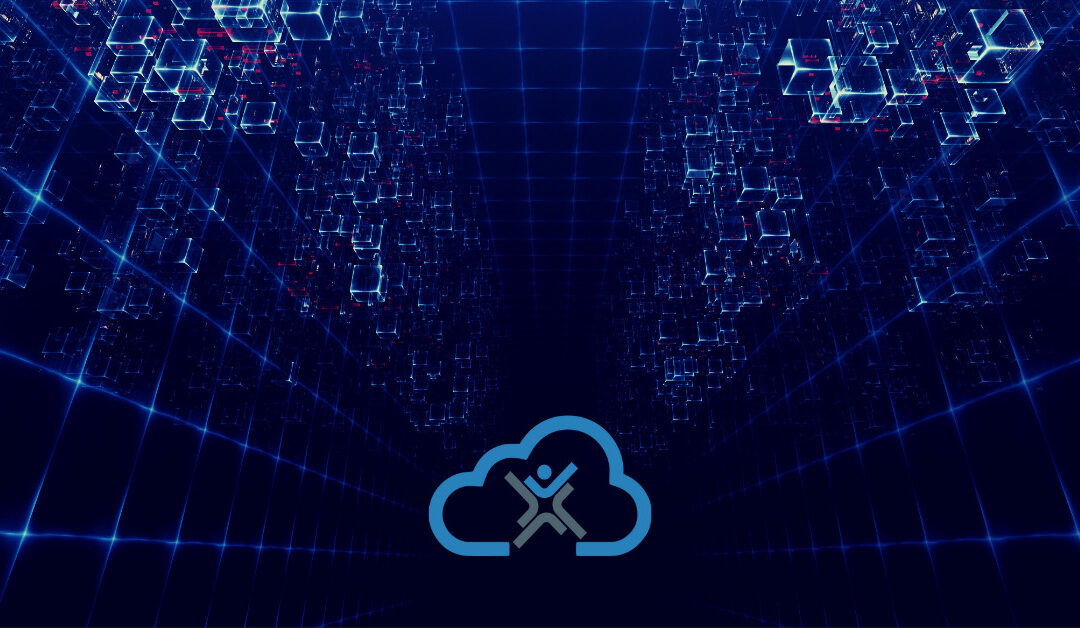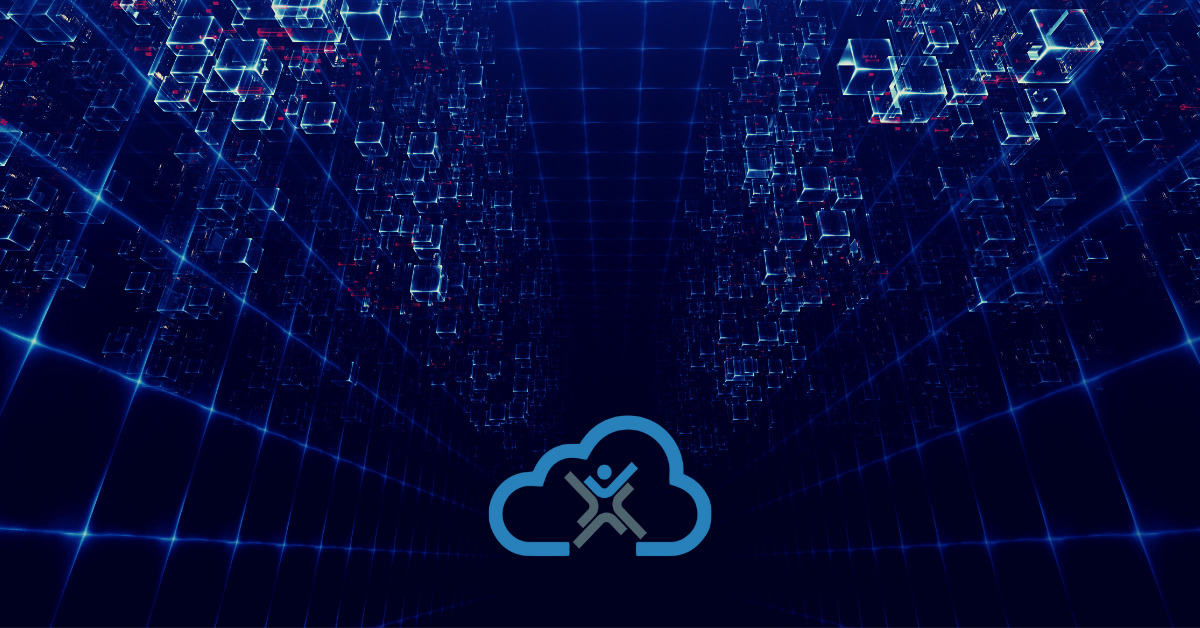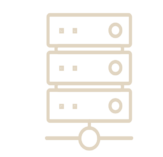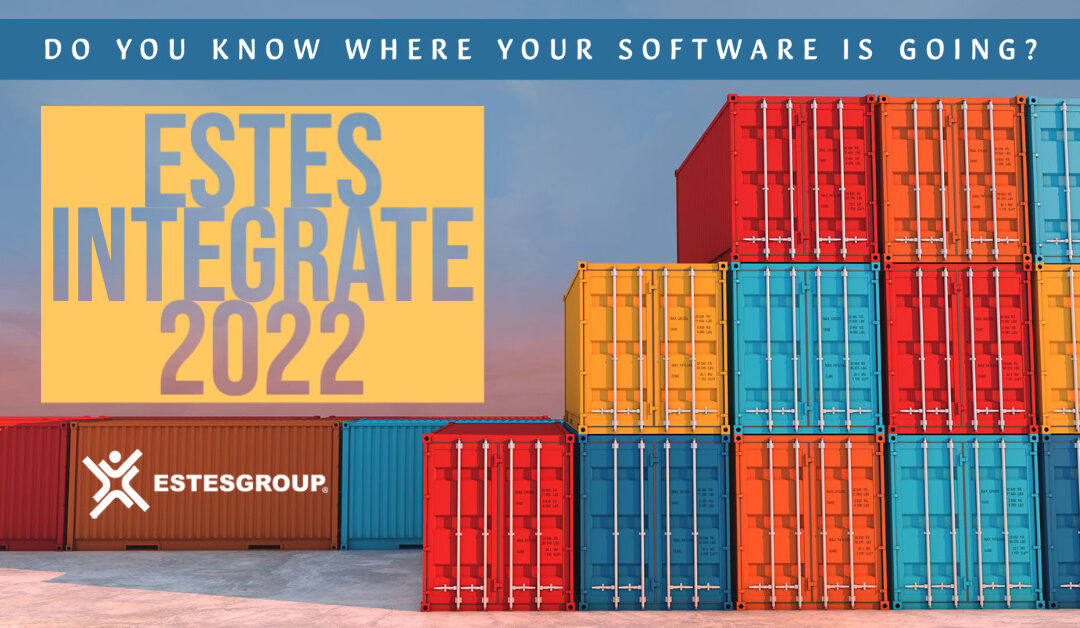
ERP Integration Event: ESTES INTEGRATE 2022
Upward and Onward: ERP Integration Software Options
Integrations are a key consideration in the management of an Enterprise Resource Planning (ERP) system. Epicor’s Prophet 21® application has long-been an ERP platform conducive to third-party integrations, and the P21® partner community has been hard at work helping the P21® user base expand and extend their application.
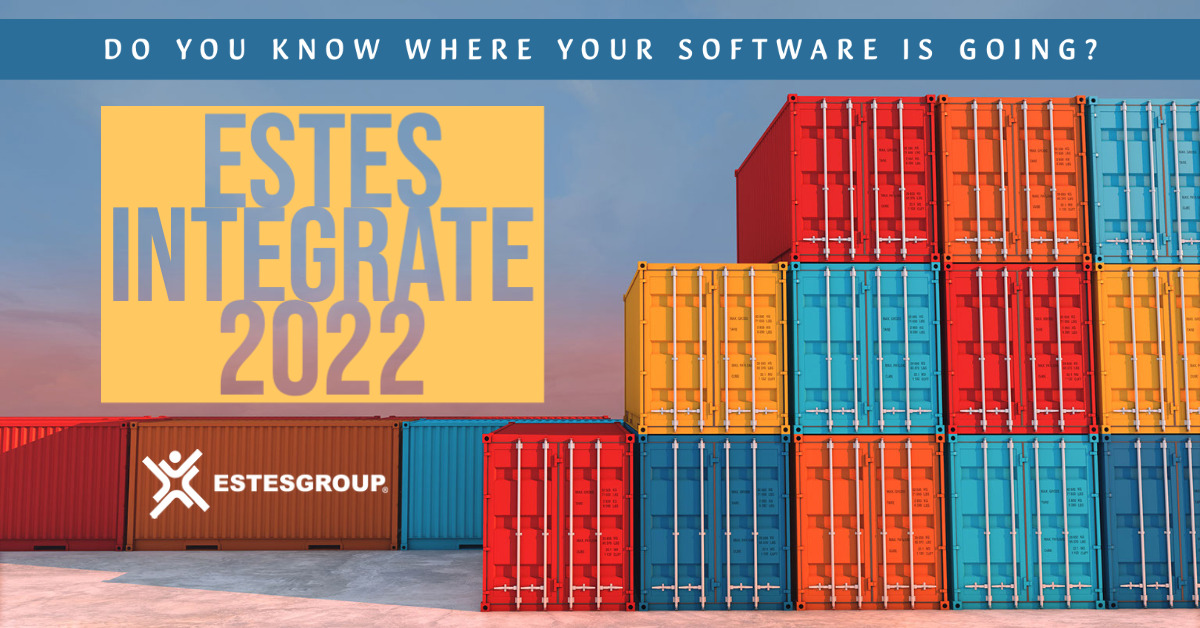
As a P21® cloud hosting provider, we’ve worked with nearly all of the vendors in the Epicor® space. Setting up a private cloud often involves constructing a robust hybrid cloud — when you move your ERP into the cloud, all of the integrations need to come along for the ride. This is successfully accomplished by working hand-in-hand with the P21® vendor community.
Vendor collaboration is key.
Collaboration implies community. At the recent P21WWUG CONNECT 2022 event, a litany of third-party solution providers engaged the user community, providing exposition as to how to best improve and extend their P21® ecosystem and better serve the needs of their businesses — not to mention their customers, suppliers, and employees.
Whether you intend to coordinate your outbound shipments, extend your application to your customer base via e-commerce, or internally optimize your inventory levels, making the most of your ERP system often means looking outside of its perimeter. In doing so, companies are able to reach out to third-party solutions that provide best-of-breed capabilities and resolve the challenges that affect companies most severely.
But as the P21® foundation continues to evolve, organizations continue to fine tune approaches, as vendors reinvent themselves to adjust to the new architectures. With the increased use of the Prophet 21® middleware server and web user interface, the questions regarding the future of P21® integrations outnumber the answers.
Answering these questions requires collaboration — between users, cloud providers, and third-party vendors. In that spirit of collaboration, EstesGroup is hosting its first ever INTEGRATE event — a day-long opportunity to review the many ways in which solution providers are extending the P21® ecosystem.
Join us on Wednesday, November 30, 2022, as the Prophet 21® third-party vendor community comes together to share their collective industry knowledge at ESTES INTEGRATE 2022. Each vendor will be presenting an hour-long session on their customer’s challenges, and how their own solutions address these challenges.
What can third-party integration software do for your ERP system?
If you are curious as to some of the third-party solution options in the areas of e-commerce, automation, document management, shipping, accounts receivable, CRM, business intelligence, and inventory management, then this is the place to be.
Do you just have a few areas of ERP system extensions that you wish to review? No problem! Register and attend only the sessions that you’d prefer.
Are you simply looking to kick the tires on a specific ERP integration solution? Excellent — there will be plenty of time in each session for that!
What is an ERP integration, and what topics will be covered at ESTES INTEGRATE 2022?
ERP integration involves extending your base application with software assets that enhance your enterprise resource planning strategy. ESTES INTEGRATE 2022 will offer insight and solutions in each of the following areas:
- E-commerce
- Automation
- Document Management
- Shipping
- Accounts Receivable
- CRM
- Business Intelligence
- Inventory Management
Learn with top experts in the Prophet 21® software community!
- EstesGroup – Hybrid Cloud Considerations for your P21® Ecosystem
- DCKAP – Ecommerce Integration Platforms
- Recurrency – Sales and Purchasing Automation in P21®
- ShipSource – P21® Shipping Integrations
- White Cup – Don’t Let the Wrong CRM Cost You Profit
- Enlighten.Net – Digitizing and Automating your Document Processes
- Unified A/R – A/R Automation for P21®: Bringing Margin, Efficiencies & Innovation to Life
- Slimstock – Optimizing Inventory Levels
- SimpleApps – Prophet 21® E-Commerce Integration Considerations
- EstesGroup – System Administration Considerations for your P21® Integration Platform

